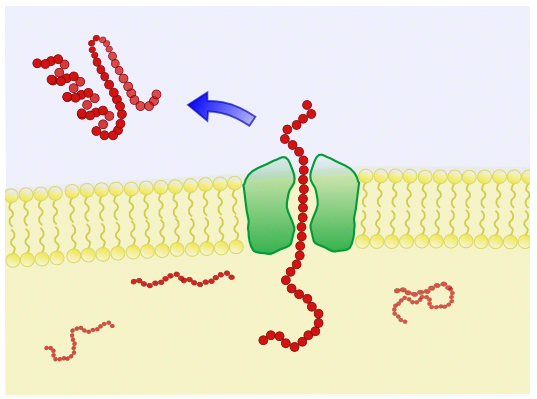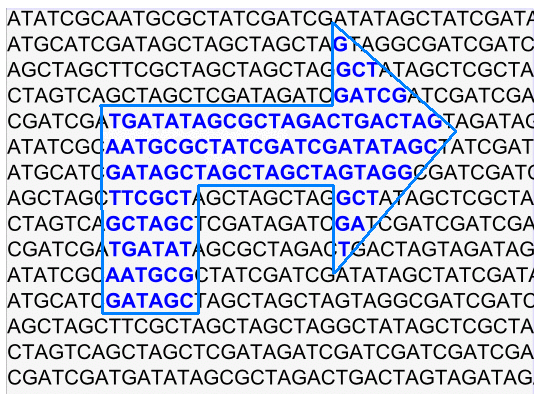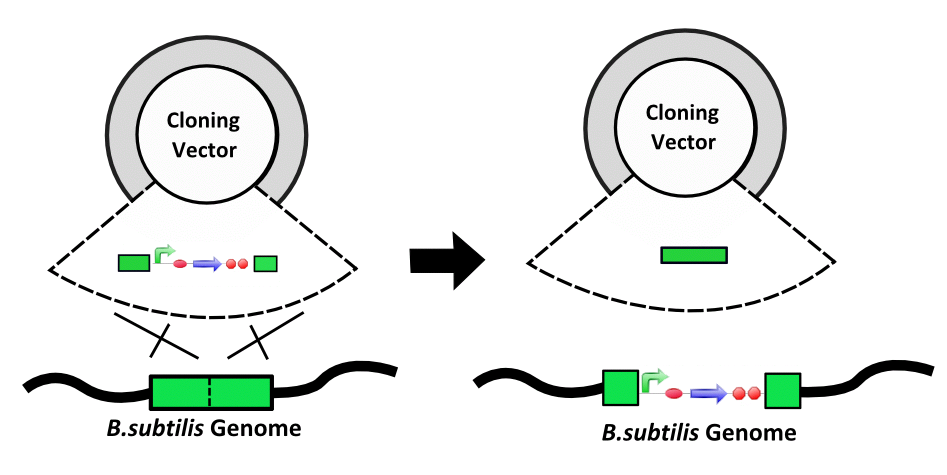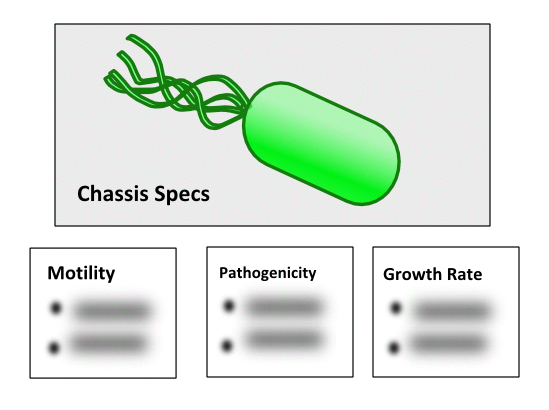Team:Imperial College/Chassis 2
From 2008.igem.org
(Difference between revisions)
m |
m |
||
| Line 47: | Line 47: | ||
{{Imperial/Box2||Having decided what we're doing and how we plan to do it, the next step is to get started! To see how our lab work went please start with the [[Team:Imperial_College/Wet_Lab | '''>>> Wet Lab Hub >>>''']]}} | {{Imperial/Box2||Having decided what we're doing and how we plan to do it, the next step is to get started! To see how our lab work went please start with the [[Team:Imperial_College/Wet_Lab | '''>>> Wet Lab Hub >>>''']]}} | ||
| - | {{Imperial/EndPage|Chassis_1| | + | {{Imperial/EndPage|Chassis_1|Summary}} |
Revision as of 15:40, 14 October 2008
|
|||||||
 "
"




